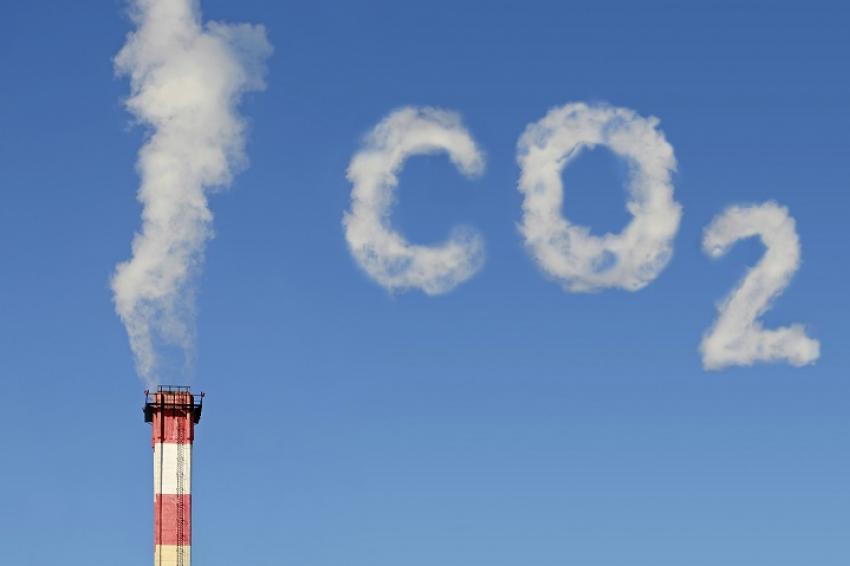China‘s ETS Program to Focus on Energy
22.12.2017 -
China has announced that the first phase of its long-awaited nationwide carbon emission trading scheme (ETS), expected to be the largest of its type worldwide, will focus initially on the power sector.
Trading is to be based in Shanghai and involve 1,700 utility companies and more than 3 billion t of carbon dioxide annually. However, the government did not give a timeline for the start of trading, or say how permits will be allocated. Analysts estimate it will take at least a year to put the necessary mechanisms in place.
The tonnage involved, accounting for a third of China’s total carbon emissions, would clearly dwarf the EU’s ETS trading scheme. Currently, the world’s largest, this covered about 1.4 billion t of emissions in 2017.
China is the world’s largest source of greenhouse gases, but aims to increase the share of non-fossil fuels to 20% of its total energy mix by 2020 from 13% in 2016. As its contribution to the Paris climate accord, the People’s Republic pledged to cap carbon emissions at a peak by around 2030.
“This will involve pushing industrial plant operators to eliminate outdated capacity and improve their production,” said Jiang Zhaoli, vice director at the climate change department of China’s National Development & Reform Commission (NDRC). Nine regions and cities, including Jiangsu, Fujian and others where pilot schemes have taken place, are to coordinate their programs to establish the ETS system.
International commentators have contrasted the Chinese pledge with the new national security strategy plan announced by US President Donald Trump, which removed a description of climate change as a US national security threat.
Trump has also said he will withdraw the US signature from the Paris climate accord unless the other signees – which include every other country in the world – are willing to revise the agreement’s terms to conform to Washington’s.
Another American political figure, former Vice President Al Gore, commented that, “with the top global polluter enacting policies to support the Paris Agreement and transition to a low carbon economy, it is clear that we’re at a tipping point in the climate crisis.”
According to reports, China’s original plans called for eight industrial sectors, including chemicals as well as iron and steel and paper, to eventually be part of its ETS trading program. NDRC director, Li Gao, has said the country is not planning to link its program with that of other countries at present.





